Interdisciplinary Projects
Connecting theatre to other subject areas to deepen learning, engage students, and enhance their understanding of themselves, their community, and the world
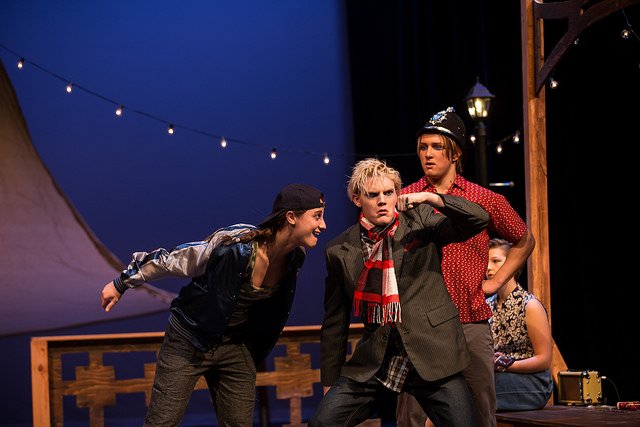


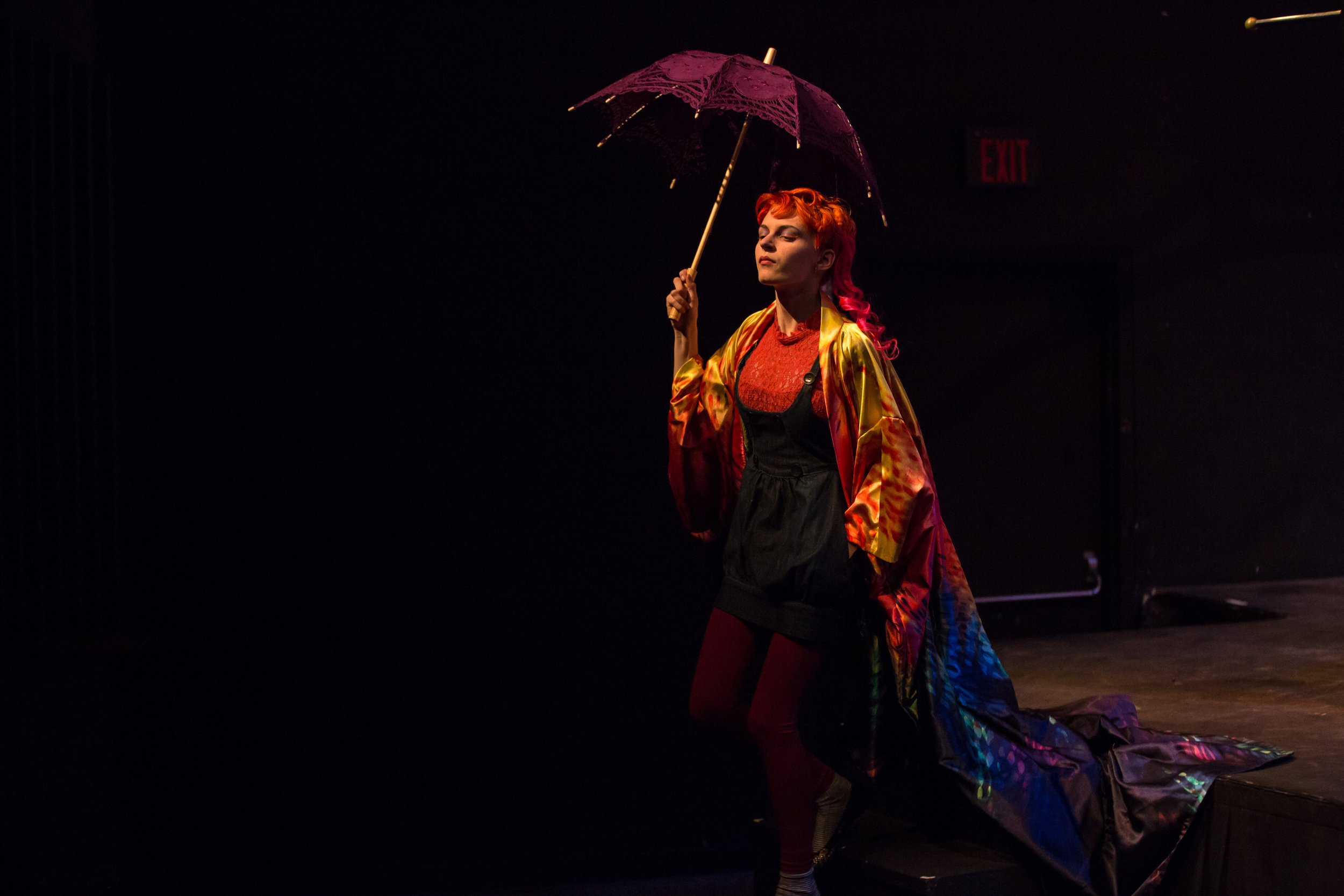
The Comedy of Errors by William Shakespeare. Fall 2016.
The Comedy of Errors is a raucous and hilarious play that follows two sets of twins who were separated at birth in a sea-storm. One pair washes up on the shore of Syracuse, which turns out to be the home of their long-lost brothers. A series of wild mishaps based on mistaken identities leads to a near-seduction, an arrest, and accusations of infidelity, theft, madness, and demonic possession. Inspired by both the Roman humorist Plautus, and commedia dell’arte of the Italian Renaissance, The Comedy of Errors is truly comedy at its best. Latin students learned about the source material for Comedy of Errors and led a workshop with our actors about the line from Roman Comedy to commedia dell’arte to Shakespeare. World History students got a masterclass in commedia dell’arte from theatre faculty, and then created education materials for our community so they could learn more about the style of theatre. Three teachers across three disciplines came together to make it all happen.
Set and Lighting Design by Charles P. Raffetto. Costume Design by Ashley Tyler. Photo Credit: Joanna Chattman.
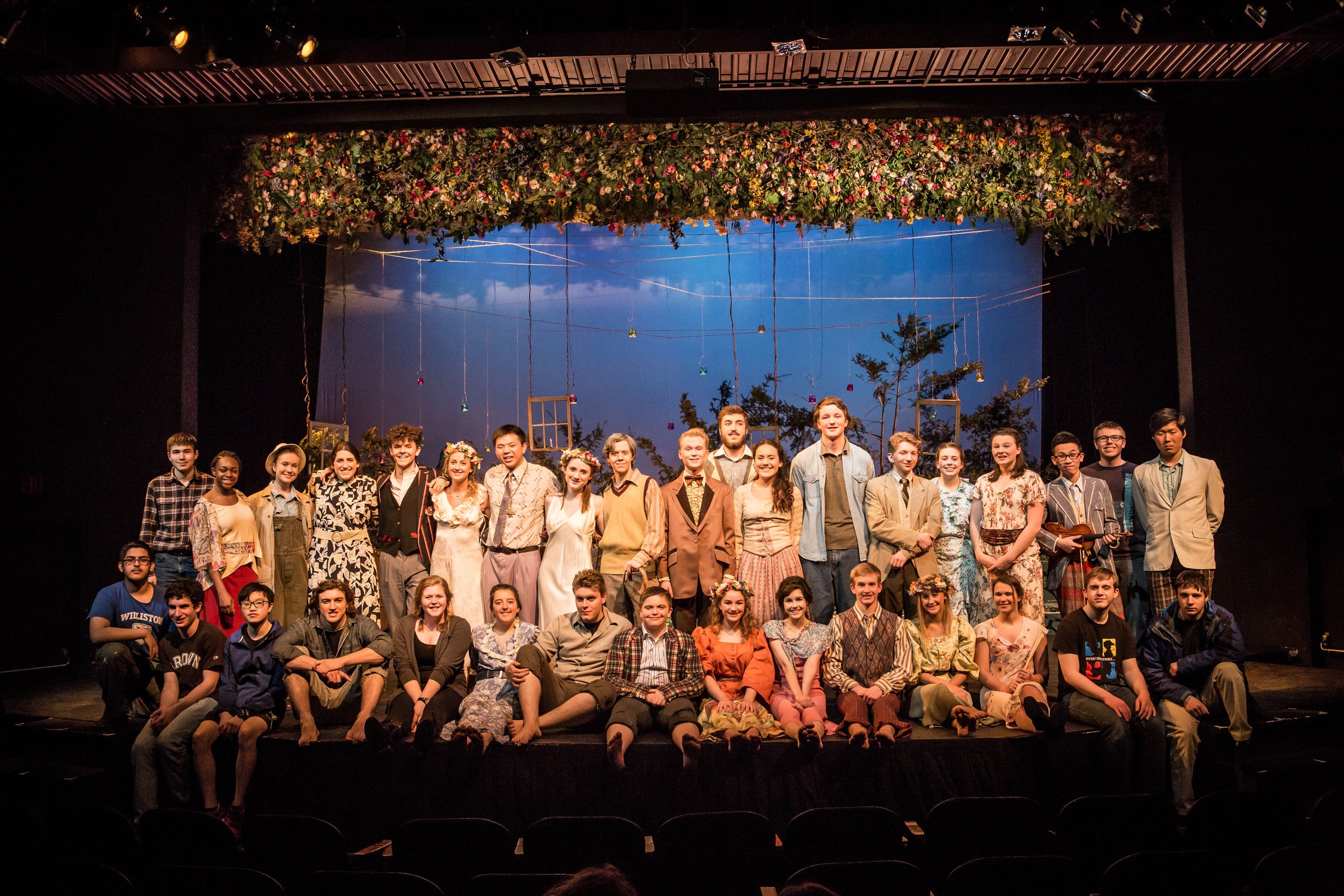
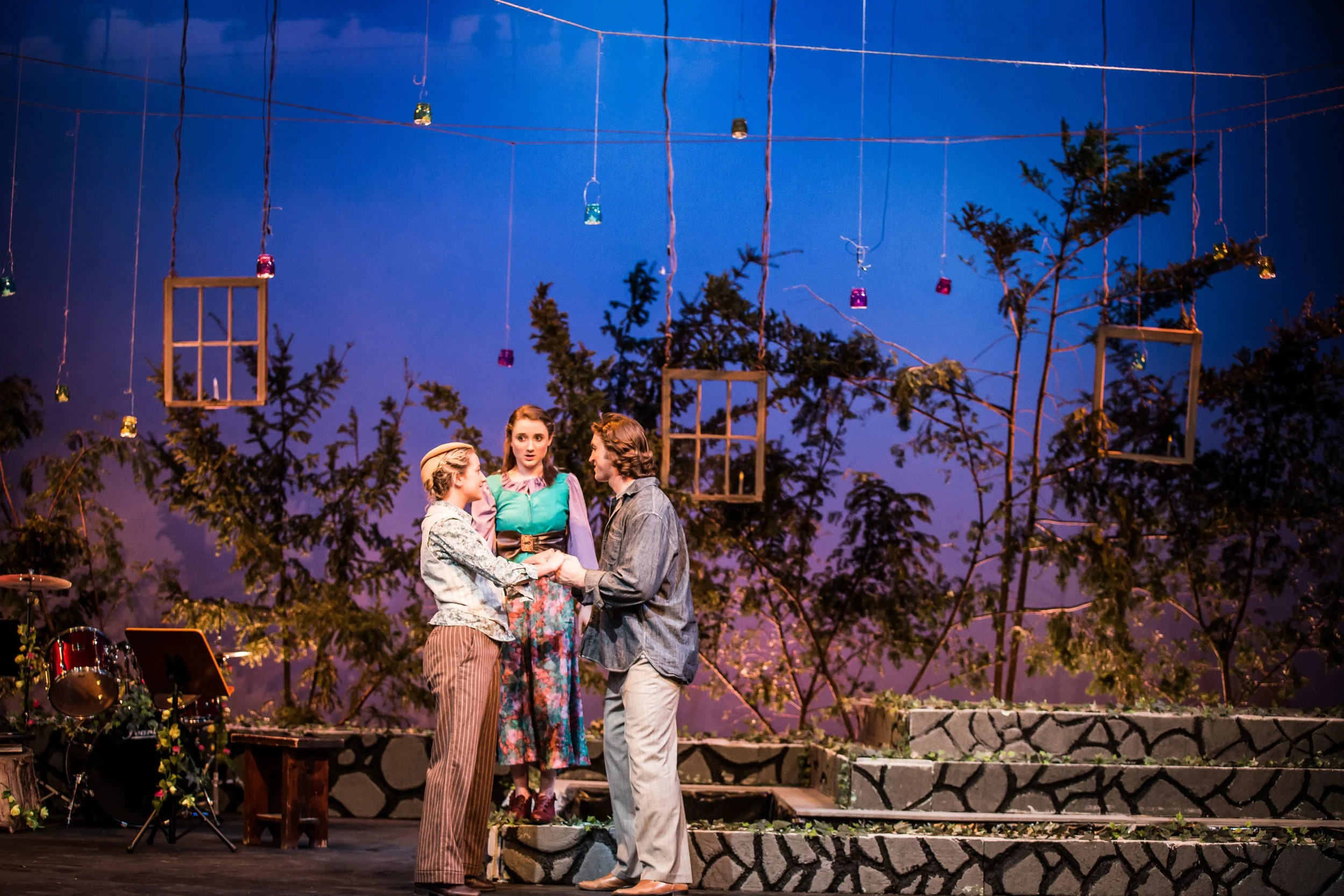

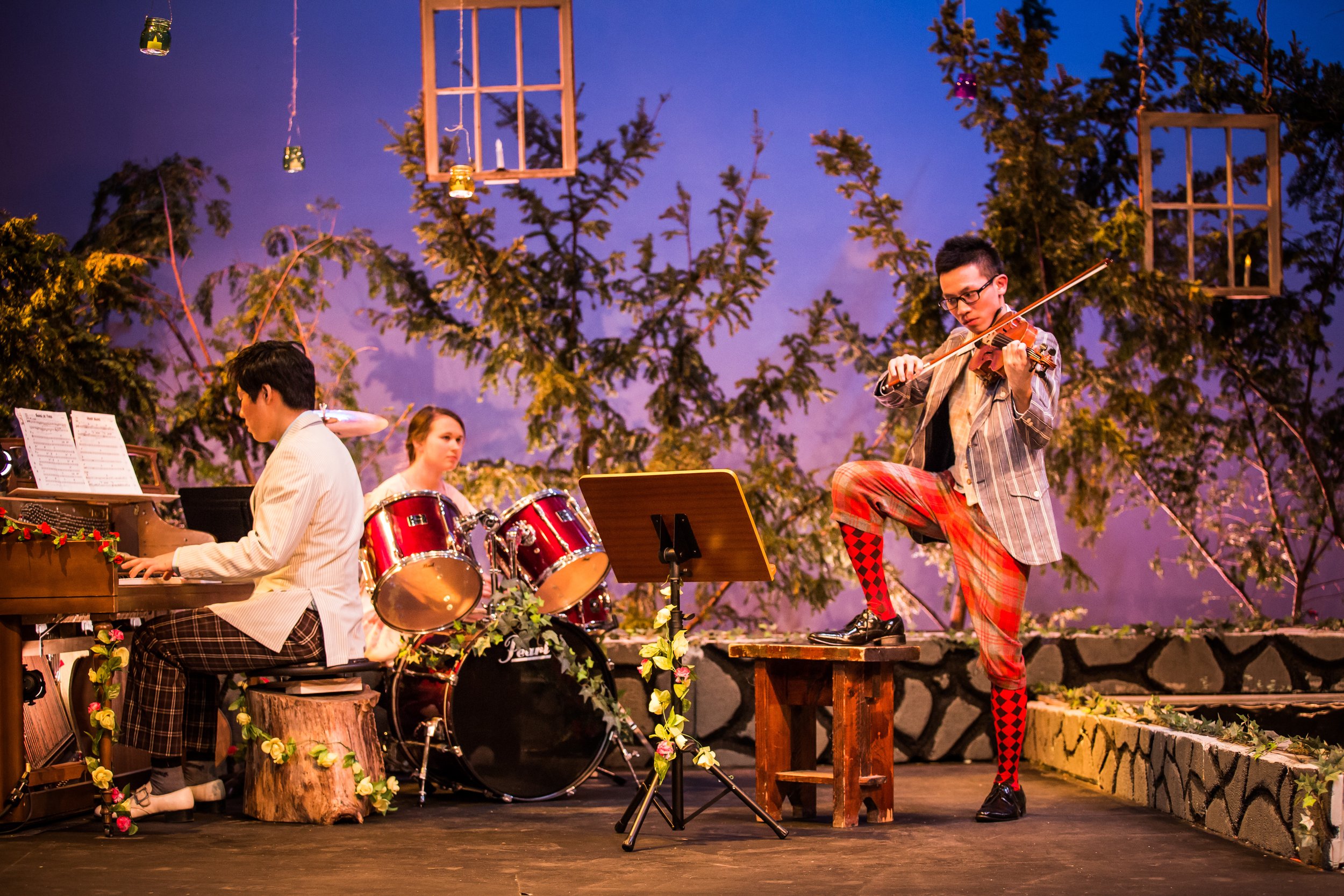
As You Like It by William Shakespeare. Spring 2015.
When Rosalind is banished from the court of her uncle, Duke Frederick, she and Celia, her best friend and cousin, retreat to the Forest of Arden. Together they embark on a search for Rosalind’s father, Duke Senior. To Rosalind’s delight, Orlando, the object of her affections, has taken to posting love notes about her on all of the trees in the forest. To ensure that his love is pure, Rosalind plays a few tricks on Orlando while in disguise. The result is one of Shakespeare’s most beloved comedies-- a tale that celebrates the beauty in life and love. As You Like It is quite close to being a musical. In that spirit, we collaborated with the music and dance departments to put a live band onstage made up of student musicians, who played Django Reinhardt swing in keeping with the 1930’s setting we chose, and our dance director set choreography to the music. The end result brought the joy and love in the play to life.
Set and Lighting Design by Charles P. Raffetto. Costume Design by Ashley Tyler. Music Direction by Joshua Harper. Choreography by Debra D. Vega. Photo Credit: Joanna Chattman.
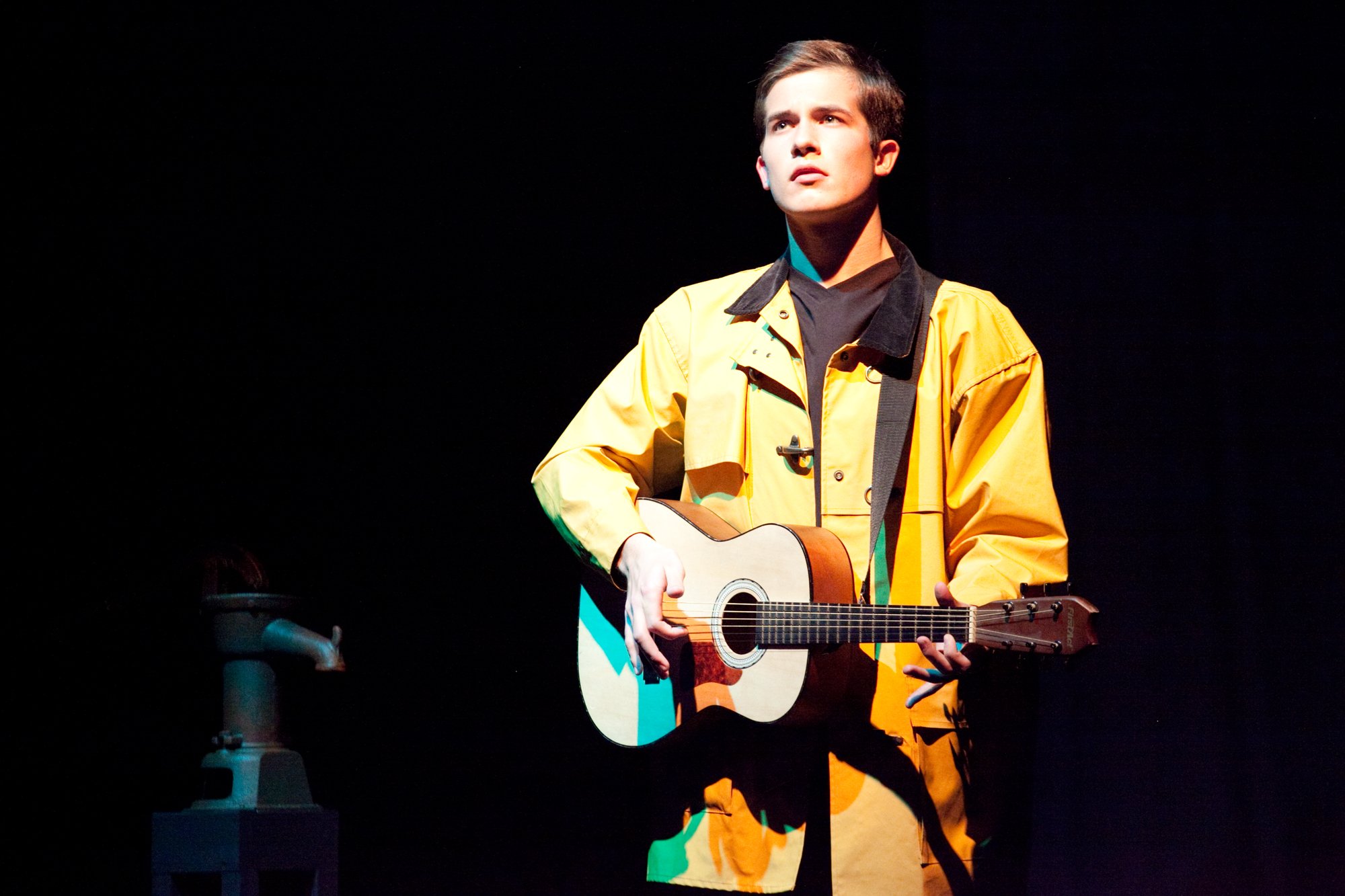
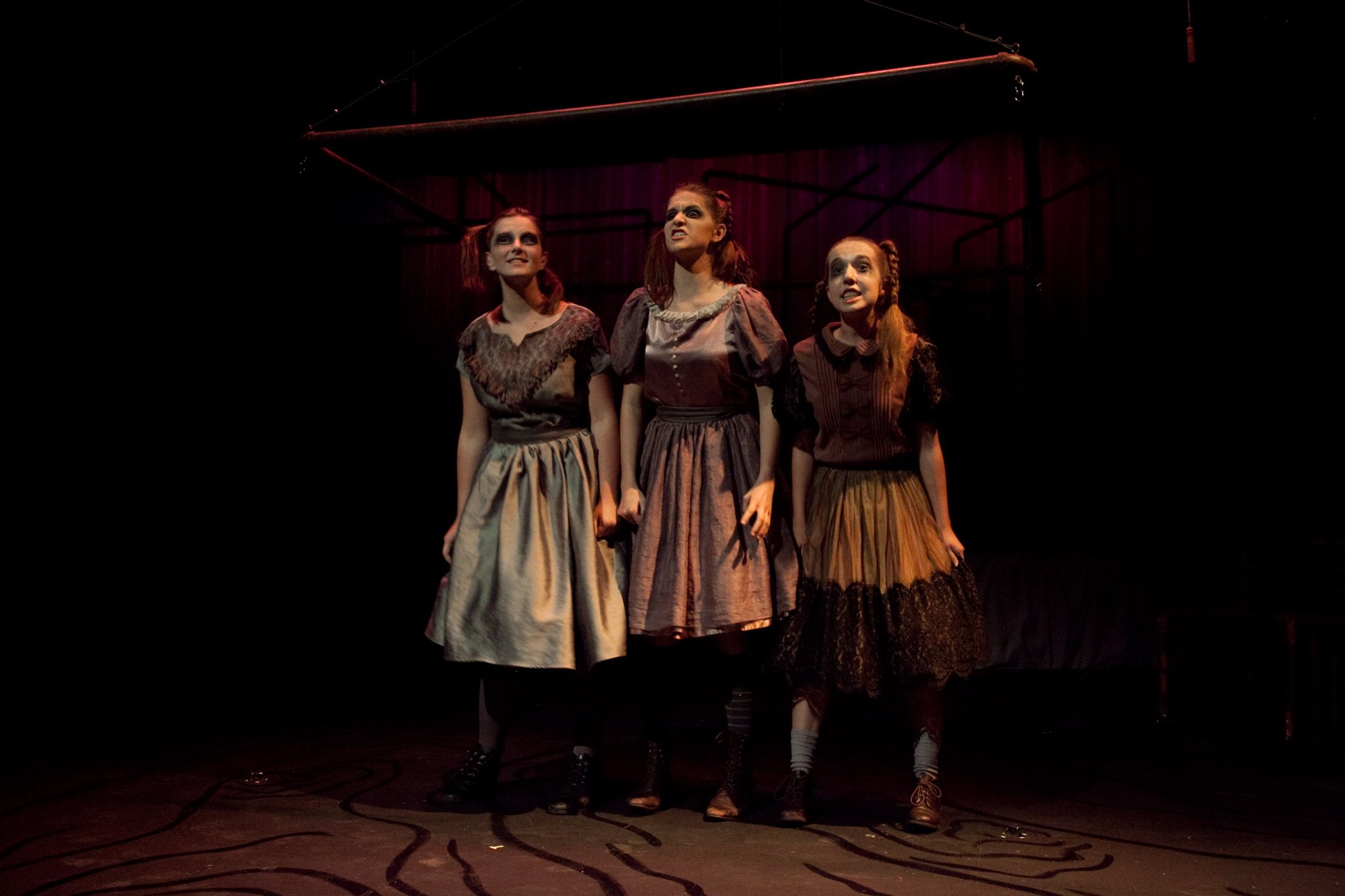

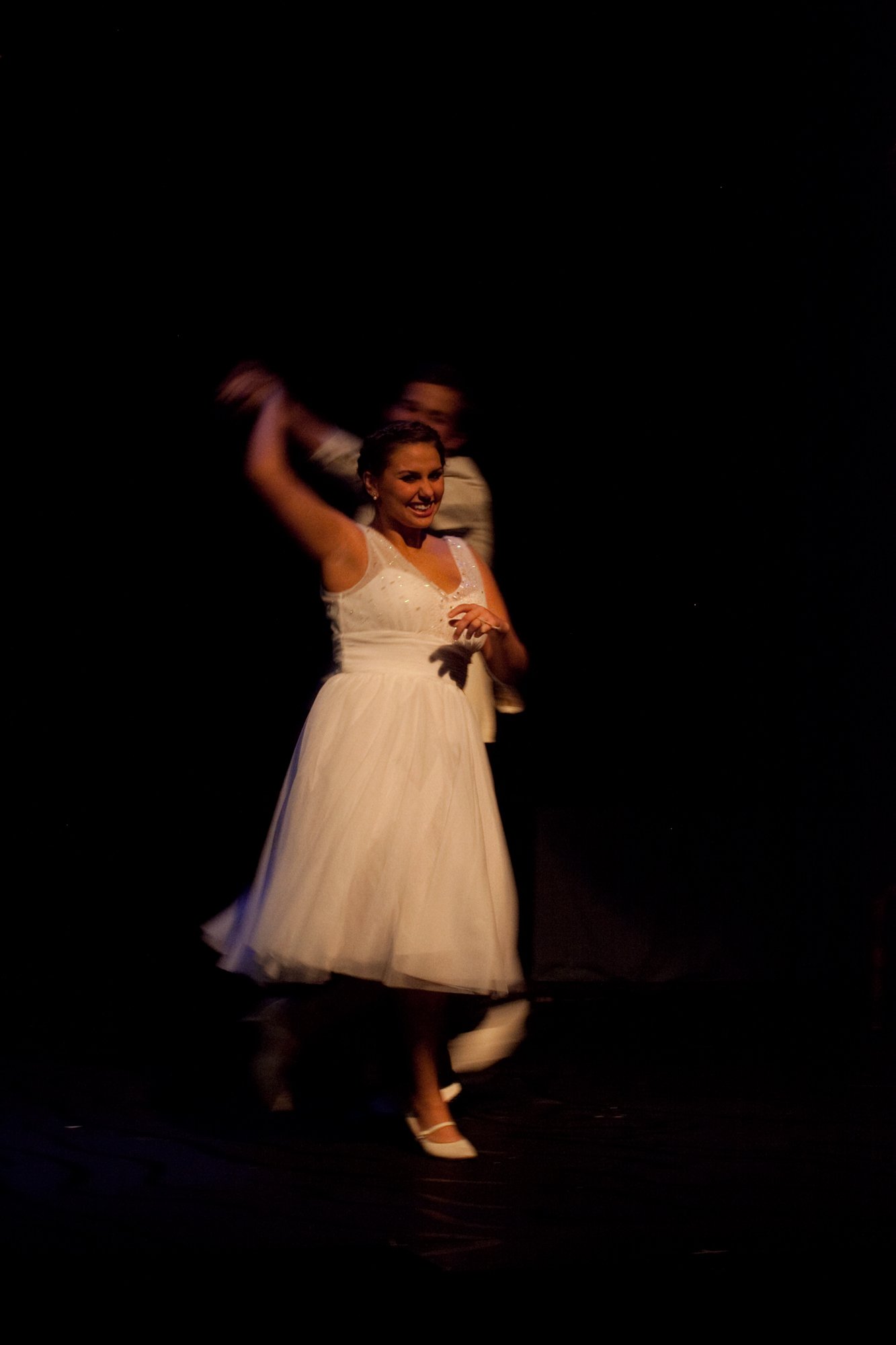
Eurydice by Sarah Ruhl. Fall 2011.
In this devastatingly breathtaking retelling of the Orpheus and Eurydice myth, Pulitzer Prize finalist Sarah Ruhl creates a world where worms deliver letters, rivers make us forget, and stones talk. The play starts like the myth— Orpheus and Eurydice are desperately in love, but right from the start we see that things aren’t perfect. It isn’t long before A Nasty/Interesting Man lures Eurydice into the Underworld with the promise of hearing from her long-dead Father. Ruhl’s dream-like play is a meditation on loss, love, and our hopes for true connection. At the start of the rehearsal process, our cast of Eurydice was treated to a visit by Williston classics teachers who shared their knowledge of the Greek Myth, Orpheus and Eurydice, which anchored their work during rehearsals. Grade 12 English teachers taught Ruhl’s play in all of their classes, and actors visited classes to discuss their experience in the play. All grade 12 students came to the performance. Their culminating project involved comparing the Greek myth to our production, and highlighting how Ruhl put her own spin on the story, finally centering Eurydice’s perspective.
Set and Lighting Design by Charles P. Raffetto. Costume Design by Ilene Goldstein. Photo Credit: Janine Norton.